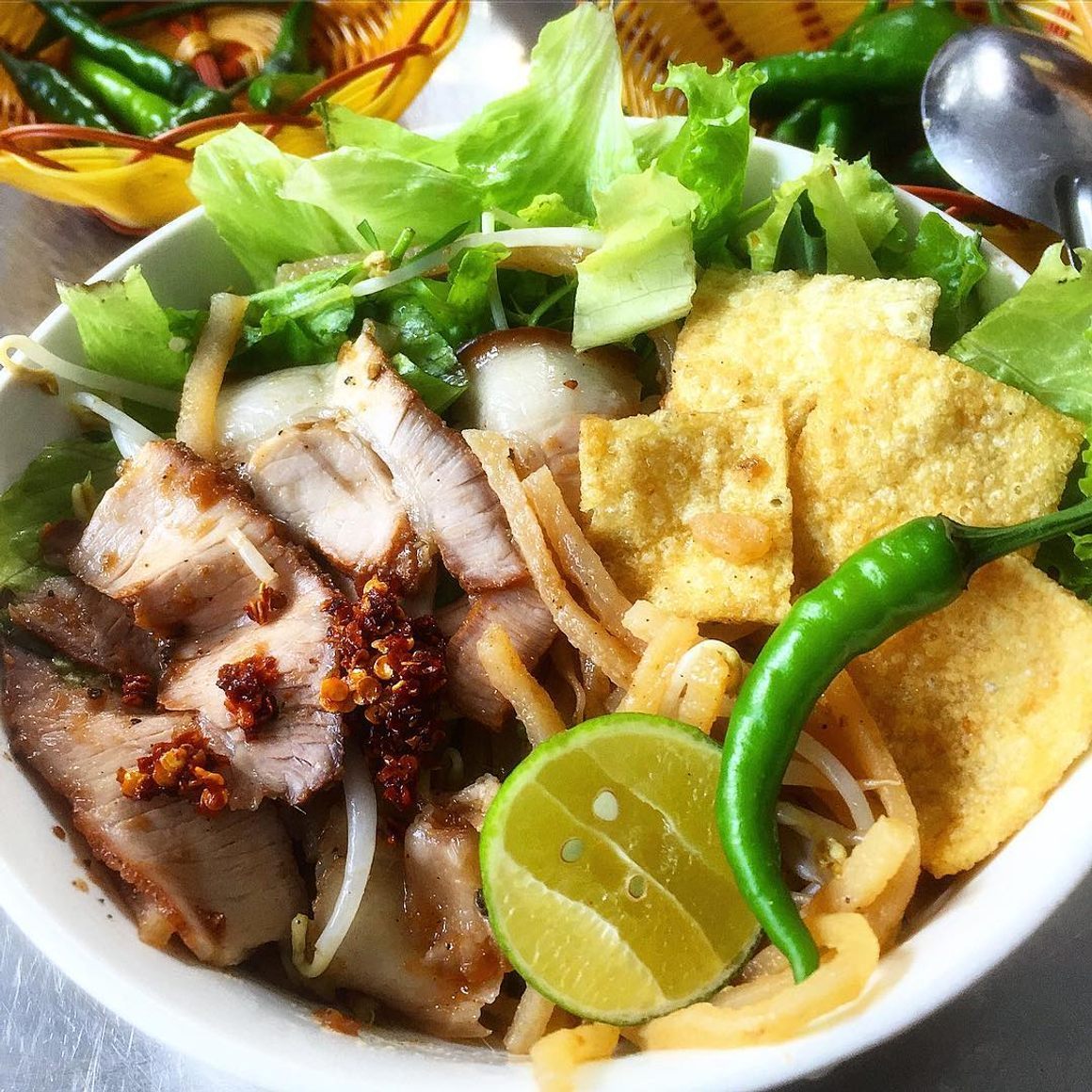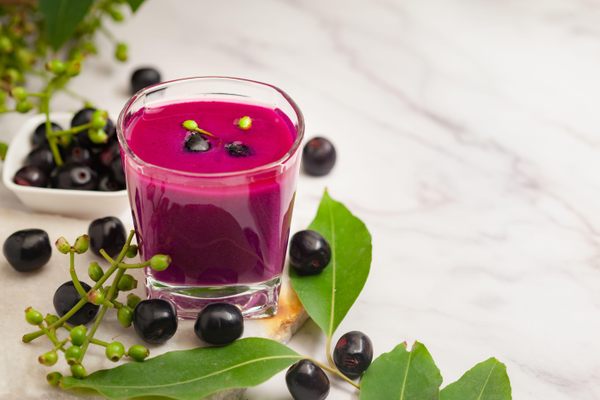
10 Dishes Worth Booking a Trip Around
See the world through your stomach.
One of the best ways to experience a new place is through its food. A steaming bowl of noodles or a Roccocò cookie can tell you a lot about people, as well as histories of migration, power, and agriculture. These are a few of the dishes that we’d travel just to get a taste of.

Cao Lầu, Vietnam
Cao lầu, in its traditional form, can never be globalized. Though the dish is a melting pot of Vietnamese, Chinese, and Japanese culinary techniques and its stir-fried, fatty pork and garnishes of herbs, crispy rice crackers, and pork crackling can be replicated, the dish’s star ingredient relies on the terroir of Hội An, Vietnam. The starchy, thick rice noodles are made with local wood ash and alum-rich well water, which lends the noodles their signature chewy texture.
K’alapurka, Bolivia
In the Bolivian city of Potosí, a steamy soup bubbles from the heat of rocks sourced from the volcano Cerro Rico. On its own, k’alapurka is a fine, hearty meal. But when the server drops a hot stone inside the earthenware bowl, the soup is transformed into a cauldron of spice and savoriness. A steaming ripple appears in the stone’s wake, and the yellow corn flour–based broth bubbles inside a colorful ring of ground chili pepper, oregano, ají sauce, and aromatic chachacoma leaves. Potatoes and a meat—such as beef jerky or fried pork—soften the spices and add heft to the meal.

Flódni, Hungary
This elaborate multilayer cake consists of four different fillings—first plum jam, then walnut, apple, and poppy seed—each sandwiched between sheets of pastry. The labor-intensive dessert has been a potent symbol of Hungarian-Jewish cooking since the 19th century. It was often enjoyed during Purim, the Jewish feast day that celebrates Queen Esther, who thwarted the royal official Haman’s plan to annihilate the Jews in the Achaemenid Empire.
Shimanto River “Seaweed” Tempura, Japan
There aren’t many places in the world where you’d be tempted to eat the local river weeds. But thanks to the crystal clear waters of the Shimanto River in Kōchi, locals and visitors alike can enjoy the crunchy green treat that is aonori tempura. Aonori literally means “green seaweed,” despite the fact that this grassy-tasting plant grows only in rivers. Covered in a flour-and-egg batter and deep fried, the flavor is intense, fresh, and earthy, with a satisfying crunch that begs to be accompanied by a glass of crisp local sake.

Oaxacan Mole Blanco, Mexico
This mole—prepared by Natalia Mendez, co-owner of La Morada, a family-run Oaxacan restaurant in the Bronx, New York—is not like other moles. It’s mild, decadent, and oh-so-rare. In fact, the luxuriously creamy sauce is perhaps most renowned for barely existing. In its hue, mole blanco ranges from vanilla ice cream to pale sausage gravy. But beneath an opaque veneer, the comforting shroud is backed by the heat of serrano and habanero chiles, pungent garlic, toasted onion, and chicken broth. Its richness results from a blend of coconut oil, peanuts, white pine nuts, and peeled almonds.
Madfouna, North Africa
For centuries, Berbers in the Sahara Desert have cooked meals beneath the sand. Madfouna, a stuffed flatbread that contains a wide range of meats, nuts, vegetables, herbs, and spices, is a popular iteration of this sand-baked fare. To make it, the cook digs a pit, builds a small fire, and places stones on top. After rolling out the dough and stuffing it with a medley of ingredients (such as beef, egg, almonds, onions, cumin, and paprika), they set the pie atop hot stones and cover that with sand. After cooking, the chef uses a cloth and a knife to scrape off the charred exterior —which has been in direct contact with flame, rock, and sand—before serving.

Arbroath Smokie, Scotland
Arbroath smokies are hot-smoked haddock, cured over oak and beechwood. They’re only permitted to be produced within a few miles of the small town on Scotland’s east coast for which they’re named. These smoked fish are one of Scotland’s most prized local products; guarded under the European Union’s Protected Geographic Indication status—the same system that regulates Europe’s most prized cheeses and wines. Genuine Arbroath smokies are rarer than real Champagne.
Frejon, Nigeria
In Lagos’s Brazilian quarter, Good Friday means frejon. Rich with savory black beans, fragrant with coconut milk and cloves, and sweetened with a few spoonfuls of sugar, frejon is somewhere between a pudding and a soup. It’s a perfect dish for Nigerian Catholics on Good Friday, when meat is forbidden.

Threads of Gold Pasta, Sardinia
Twice a year, pilgrims in Sardinia trek from the city of Nuoro to the village of Lula under cover of night. They’re bound for the Santuario di San Francesco, where they hope to eat what may be the rarest pasta in the world. Su filindeu—literally “Threads of God” in Sardo—is unfathomably intricate. It’s made by only three women on Earth, all of whom live on Sardinia, and they only make it for the biannual celebration. Pasta dough is woven into impossibly thin strands, then served in mutton broth under a heap of tangy pecorino cheese.
Yakamein, New Orleans
Nobody in New Orleans seems to know where yakamein comes from, but everyone agrees on its most magical property: It’s a beloved hangover cure. Called “Old Sober” for this reason, the soup is a mix of spaghetti, chopped beef, green onions, and chopped hard-boiled eggs, drowned in a tangy beef broth, spiced up with hot sauce and soy sauce, and sprinkled with liberal amounts of Creole seasoning.



















Follow us on Twitter to get the latest on the world's hidden wonders.
Like us on Facebook to get the latest on the world's hidden wonders.
Follow us on Twitter Like us on Facebook